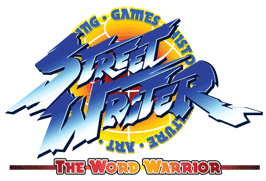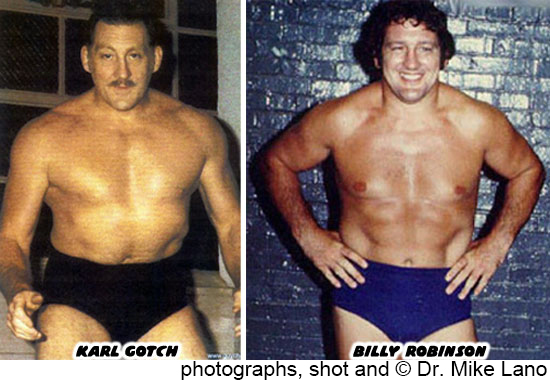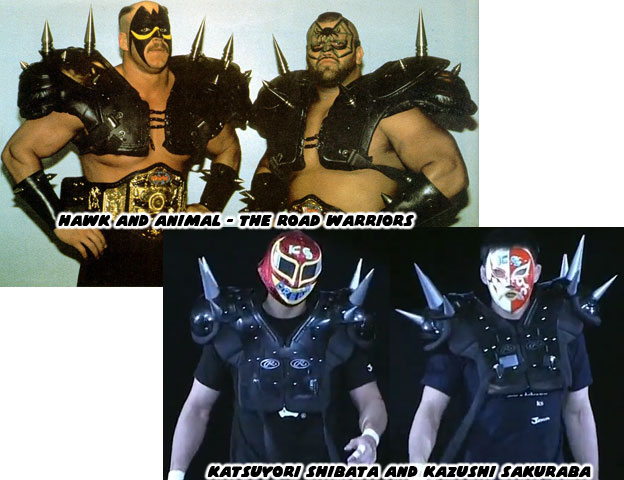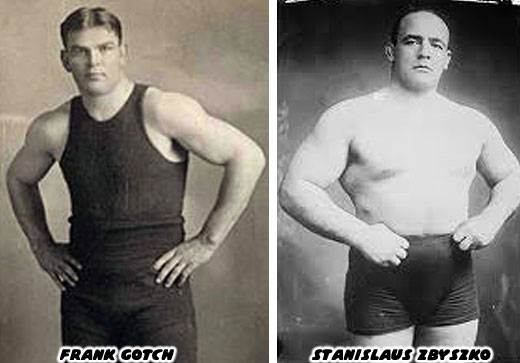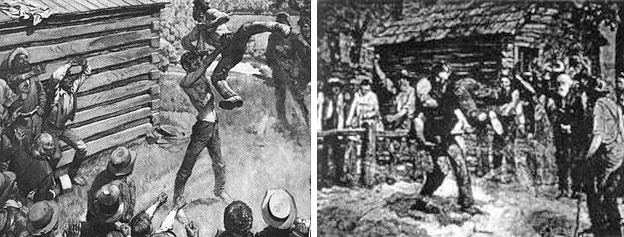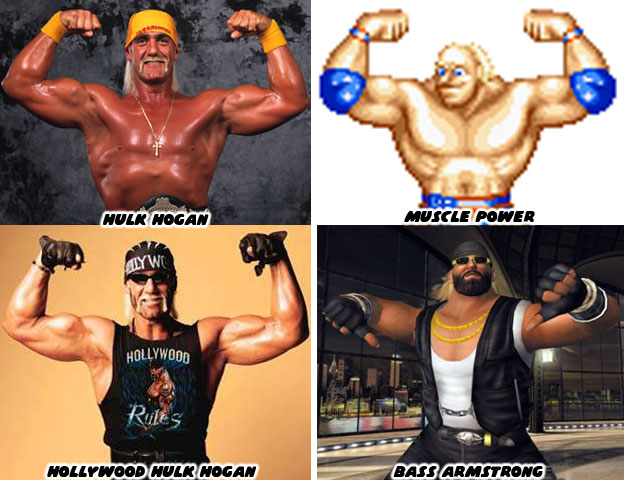
I believe that Antonov was heavily influenced by Sylvester Asimov. The wickedly powerful Russian character with the unique hair style, beard and cigar. He debuted in the manga, later turned animé Terra Formars. The series was written by Yu Sasuga and illustrated by Kenichi Tachibana. It debuted on January 2011 in Miracle Jump, and was later picked up by Weekly Young Jump. Asimov is a strong fighter that has been genetically modified. On top of superhuman strength and endurance he has the ability to regenerate lost limbs. This is especially important on distant planets where his soldiers have to sometimes perform hand-to-hand combat against powerful aliens. Asimov actually works out heavily and supplements his modifications with drugs via his cigar which is more like a vape machine. I have a strong suspicion that his features, the sharp facial hair, overall physique, national origin and cigar-chomping look of Asimov was the basis for Antonov. What do you think? If we turn the way-back machine on and connect the dots we can actually find some precedence for Antonov and Asimov. Specifically where did the middle-aged-champion strongman came from and how he got into fighting games.
The early generation of fighting game heroes were based on real-world figures. They may have been wrestlers, karate practitioners or mythical kung-fu fighters. In some instances they were also inspired by fictional characters in movies and comics. One of the comic book artists that influenced the early fighting game icons was Tetsuo Hara. His landmark title, Hokuto No Ken / Fist of the North Star (HNK) debuted in 1983. Hara, along with writer Buronson created a world where masters of fictional fighting arts fought on a colossal scale. The lead character, Kenshiro, was a post-apocalyptic martial arts hero. The techniques he used were far more fantastic than any move in real life. He and some of his opponents could kill people with a single touch, slice arms and legs off of people with their fingertips and decimate small armies using their bare hands. When two or more of these masters fought against each other it was a site to behold. The comics would build up for a showdown over several issues and then have some of the most violent, and bloody, exchanges in any comic series. The heroes and villains of the comic would use all sorts of amazing super attacks against each other in order prevail. The designers behind Street Fighter and Fatal Fury were inspired by HNK and other martial arts manga. The games they created captured just a fraction of the energy and violence from the comics. They didn't necessarily steal characters from a comic or movie in order to get the job done. Yet at the same time it didn't hurt the developers to poach some characters when they started running low on ideas.
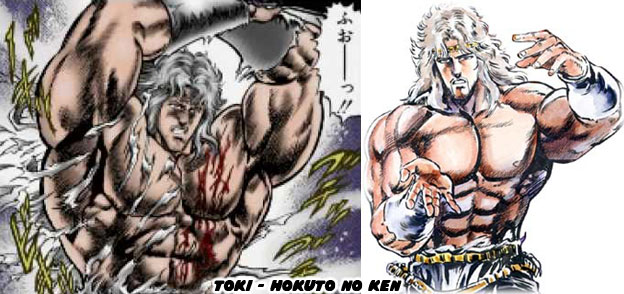
The middle-aged strongman archetype of Asimov and Antonov could be traced back to some of the recurring characters in HNK. Most of the fighters in the series were adults, as opposed to the young teenage fighters in more modern fighting manga. Some of the important figures, including the main villain Raoh and his pacifist brother Toki were even middle-aged. Toki was a master of Big Dipper fighting school and possibly the one most naturally inclined to its secrets. The character was a pacifist however and didn't really figure into the heart of the series until 1985. Toki was designed as a post-apocalyptic Christ-like character. With his beard, long hair and headband he was supposed to invoke a comparison to Jesus. Of course this would be a "swole," world-champion bodybuilder Jesus and not the lean Jesus featured in most paintings and statues. Toki was a healer, considered a miracle worker wherever he went. He fought only as the last resort. While his adoptive and blood brothers could kill people with a single punch, their opponents died in agony. Toki could also kill with a single touch but his enemies experienced a pain free bliss as they died. His particular form of fighting was known as JuNo Ken aka the Gentle Fist. The super-powerful yet older fighter template was unique to Mr. Hara. In other comics there were often elderly martial arts masters that were thin and frail but that wasn't really seen in the older characters in HNK. Instead his characters just got bigger and stronger. Mr. Hara had himself been influenced by television and movie characters. Kenshiro was based in part on Bruce Lee. His mannerisms and even trademark yell made it into the comic and anime series. His larger, stronger, more muscular characters, were inspired by professional wrestlers.

Tetsuo Hara was a huge fan of pro wrestling. Through the late '60s and '70s he watched the best in Japan and the US compete. He learned many things from modern pro wrestling. A wrestler did not necessarily have to know actual moves and holds in order to be liked or even be remembered by fans. The people that talked a good game on the mic or had an impressive physique were the ones that went over well. If a wrestler were a stiff on the microphone they often had a manager that did all the talking. Television turned these people into celebrities. The cornerstone of the top physical specimen could be traced back to "Superstar" Billy Graham. He was a bodybuilder-turned-wrestler that used to work out with Arnold Schwarzenegger. He created the template that would be copied by Jessie "The Body" Ventura, Hulk Hogan and "Big Poppa Pump"Scott Steiner. Graham was not exactly a young man when he peaked in popularity. His physique took years to develop and at the height of his career he was wrestling people much younger than him. Not that it mattered, fans couldn't get enough of the Superstar. In addition to his chiseled body he wore bright costumes and really stood out on television. His tan, blonde hair and sharp sideburns gave him a distinct look. Elements of his style would be found on other wrestlers that followed. It would trickle down to the characters created by Tetsuo Hara and by extension the fighting games that followed. Toki had a lot of the counter-culture, free spirit, massive bodybuilder look that Graham was famous for. Almost a decade after HNK debuted Capcom asked Hara to design the characters for a wrestling game called Muscle Bomber / Saturday Night Slam Masters. It didn't take Mr. Hara long to design the champion, a non-playable character known as Victor Ortega. Like Toki this new character was a surrogate to Graham. The middle-aged bodybuilder that still had some gas in the tank.
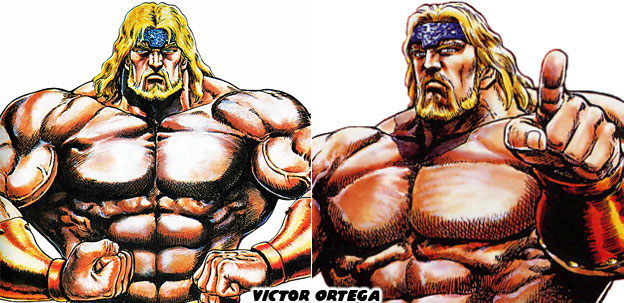
Victor Ortega would be revised and become bigger and stronger in the follow-up. Super Muscle Bomber / Ring of Destruction: Saturday Night Slam Masters II debuted in 1994. The character had retired as the first undefeated champion from the Capcom Wrestling Association (CWA). When he ran out of worthy opponents he simply disappeared. He was lured out of retirement with the promise of new challengers from the CWA as well as the rival promotion the Blood Wrestling Association (BWA). Ortega was massive to the point of being grotesque. Despite his age he was the most muscular character in the Street Fighter universe. He even made Zangief look small. It was a unique aesthetic that Mr. Hara had created. Just because a character got older there was no reason they could not become more powerful. After 1994 the frail retired master was a dated concept for fighting games. Ortega would challenge convention, show up with his belt and clean house. It was up to SNK to make audiences believe that Antonov was cut from the same cloth. Could he take on characters half his age that were well established and still make for a believable champion?
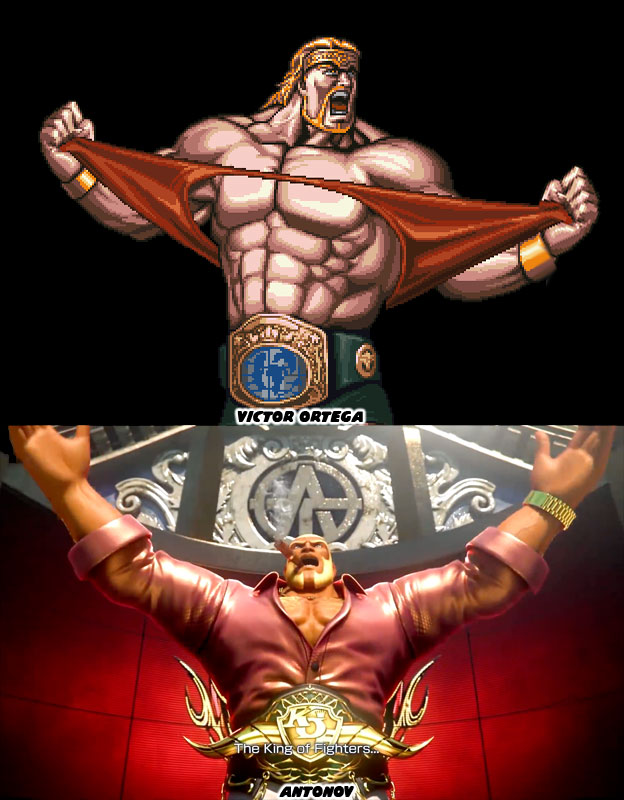
I am eager to see what sorts of moves Antonov is assigned. Will he be a striker, a brawler, a grappler or have nothing but power moves? Will he be a playable character when KOF XIV comes out? We should hopefully find out these answers soon. What do you think of Antonov's design? Would you consider playing as a character that was a little older than the main cast? As always if you enjoyed this blog and would like to sponsor me please visit my Patreon page and consider donating each month, even as little as $1 would help make better blogs and even podcasts!
